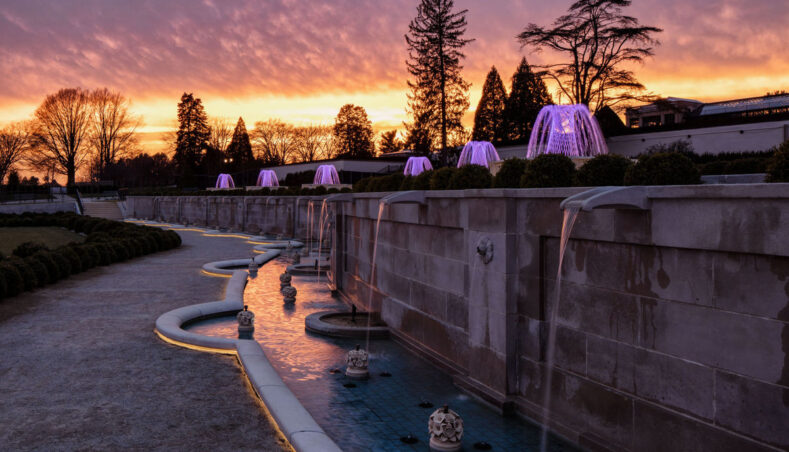Water Features Can Enhance Sustainability
Posted in Insights -

Sustainability has become an increasingly high priority for property owners and municipalities throughout the country. Although it seems counterintuitive, water features can help these stakeholders achieve their environmental goals even though they require a precious natural resource to operate. When designed and constructed with conservation in mind, these amenities can work hand in hand with existing sustainability efforts to deliver outstanding results.
Many of the water features OTL has created over the years contribute meaningfully toward sustainability objectives. Some of our most notable sustainable designs include water features that are integrated into HVAC systems. These designs allow the HVAC system to harness the water feature as a supplemental cooling source within a building or to employ an air conditioning system to collect and provide condensate as a source for make-up water that can be recirculated into the water feature.
One of the projects we’re most proud of from an ecological standpoint is Waterfront Park in downtown San Diego, California. As the project is quite large, with an 830-foot-long fountain and play area for kids, it uses an enormous amount of water. Sustainability and avoiding water waste were very important priorities to the city, so we helped to install an underground reservoir as part of the project that safely stores 80,000 gallons of water. That water supplies the fountain and is then filtered and recirculated to minimize water loss and help the city meet its sustainability goals.
Other work our team has completed that enhances sustainability includes projects at City Creek Center in Salt Lake City, Utah, which incorporates several environmentally conscious elements including a stream stocked with local trout and a retractable roof completed by the general contractor; Santa Monica Palisades Garden Walk, which features gardens, landscaping, and sustainable water features, including one with a biological system for sanitation because it has aquatic plants in it; and Longwood Gardens near Philadelphia, Pennsylvania, where we consulted to help the owner install the piping serving the fountains into underground tunnels to preserve the park-like setting and to allow for long-term maintenance of the piping without disrupting the grounds or the public.
These are just a few examples of how water features can transcend their aesthetic value to be an integral part of stakeholders’ plans for incorporating sustainability into their developments and environments.